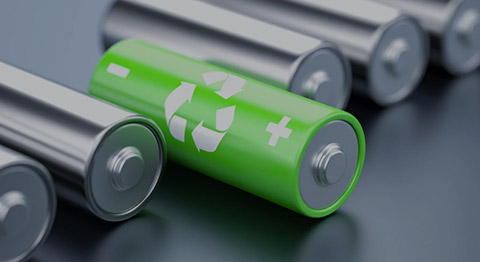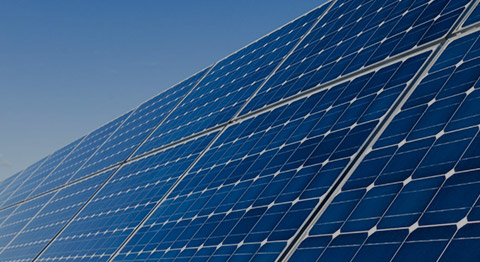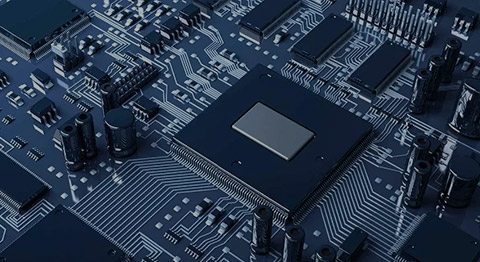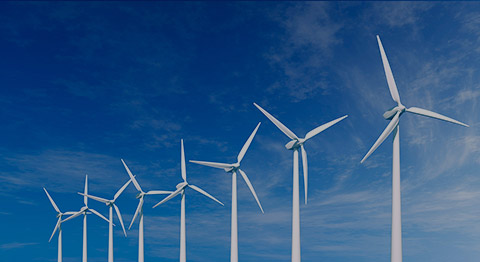Cement rotary kiln is an important equipment in cement production line. It is commonly used for calcining cement clinker. It can be divided into: dry cement rotary kiln and wet cement rotary kiln. Both can produce cement clinker. Cement raw materials are composed of: limestone, clay, iron raw materials. The raw materials are mixed according to the appropriate proportion. It is then fired to a molten state. It is then cooled by a cooling system to obtain a semi-finished product.
Cement rotary kiln is also known as: cement rotary kiln. It is a machine that can thermally process both bulk and slurry materials. There are many different types of cement rotary kilns. It mainly consists of a combination of: kiln body, burner, drive, kiln hood, pulley, combustion chamber, feed chamber and so on. The cement rotary kiln has a large size. It can be customised according to different production requirements. Its main body material is made of: steel plate rolls. The inner wall is made of refractory bricks. The whole kiln adopts inclined angle from feeding to discharging. It is mounted on a tug wheel by means of a wheel belt. The kiln is rotated at a slow speed by a rotating device. The kiln body is the heated part, which is constantly rotated so that the internal material is fully and evenly calcined. The rotary kiln rotating speed and material heating time can be controlled by adjusting the rotating speed of the gear ring.

How Does A Cement Rotary Kiln Work?
How does cement rotary kiln work?
Firstly, the cement raw material is fed into the cement rotary kiln through the feeding conveyor. The kiln body is mounted on a drag wheel at an angle to the cement. The kiln body is rotated by the drive unit. The raw materials are continuously turned over along the direction of rotation of the cylinder. It moves along the axis from the kiln head to the kiln tail. At the kiln head there is a burner to spray fuel oil or coal dust into the ignited body of the kiln. The flame and hot air stream formed flows towards the end of the kiln. The raw materials tumble along the circumference and move along the axis from the kiln head to the kiln tail. In the process of moving is heated and calcined. The raw meal is continuously heated and calcined sending out physico-chemical reactions. The calcined clinker is finally discharged from the end of the kiln. Then the material can be cooled through the cooling system. The kiln is equipped with sealing devices for the inlet part and the outlet. Temperature detection and sampling hole devices are set inside the cylinder. The kiln hood is equipped with a pressure detection element. Larger kilns are also equipped with infrared thermometers to monitor and measure the temperature of the cement rotary kiln.
 Double Shaft Shredder Machine
Double Shaft Shredder Machine
 Single Shaft Shredder Machine
Single Shaft Shredder Machine
 Four Shaft Shredder Machine
Four Shaft Shredder Machine
 Tyre Shredder Machine
Tyre Shredder Machine
 Metal Shredder Machine
Metal Shredder Machine
 Wood Shredder Machine
Wood Shredder Machine
 Plastic Shredder Machine
Plastic Shredder Machine
 Horizontal Carbonisation Furnace
Horizontal Carbonisation Furnace
 Wood Charcoal Carbonisation Furnace
Wood Charcoal Carbonisation Furnace
 Waste Carbonisation Furnace
Waste Carbonisation Furnace
 Sludge Continuous Carbonisation Furnace
Sludge Continuous Carbonisation Furnace
 Biomass Carbonisation Furnace
Biomass Carbonisation Furnace
 Coconut Shell Carbonisation Furnace
Coconut Shell Carbonisation Furnace
 Continuous Carbonisation Furnace
Continuous Carbonisation Furnace


 Jaw Crusher
Jaw Crusher Cone Crusher
Cone Crusher Impact Crusher
Impact Crusher Hammer Crusher
Hammer Crusher Impact Mill Crusher
Impact Mill Crusher Roll Crusher
Roll Crusher Linear Vibrating Screen Machine
Linear Vibrating Screen Machine Swing Screen Machine
Swing Screen Machine Tumbler Screen Machine
Tumbler Screen Machine Circular Vibrating Screen
Circular Vibrating Screen Cylindrical Rotary Vibrating Screen
Cylindrical Rotary Vibrating Screen Sand Making Machine
Sand Making Machine VSI Sand Making Machine
VSI Sand Making Machine Impact Sand Making Machine
Impact Sand Making Machine Sand Washing Machine
Sand Washing Machine Vibrating Feeder
Vibrating Feeder U-Shape Screw Reamer
U-Shape Screw Reamer Belt Conveyor
Belt Conveyor Biomass Pyrolysis Furnace
Biomass Pyrolysis Furnace Lithium Battery Recycling Pyrolysis Furnace
Lithium Battery Recycling Pyrolysis Furnace Solar PV Panel Recycling Pyrolysis Furnace
Solar PV Panel Recycling Pyrolysis Furnace PCB Recycling Pyrolysis Furnace
PCB Recycling Pyrolysis Furnace Carbonization Paint Removing Furnace
Carbonization Paint Removing Furnace Capacitor Continuity Pyrolysis Furnace
Capacitor Continuity Pyrolysis Furnace Rotary Kiln
Rotary Kiln Waste Incineration Rotary Kiln
Waste Incineration Rotary Kiln Metallurgical Rotary Kiln
Metallurgical Rotary Kiln Cement Lime Rotary Kiln
Cement Lime Rotary Kiln Rotary Drum Dryer Furnace
Rotary Drum Dryer Furnace Drum Drying Dryer Furnace
Drum Drying Dryer Furnace Industrial Dryer Furnace
Industrial Dryer Furnace Lithium Battery Recycling Plant
Lithium Battery Recycling Plant Solar Photovoltaic Panel Recycling Plant
Solar Photovoltaic Panel Recycling Plant PCB Circuit Board Recycling Plant
PCB Circuit Board Recycling Plant E Waste Recycling Plant
E Waste Recycling Plant Blog
Blog Company Blog
Company Blog Knowledge
Knowledge FAQ
FAQ





